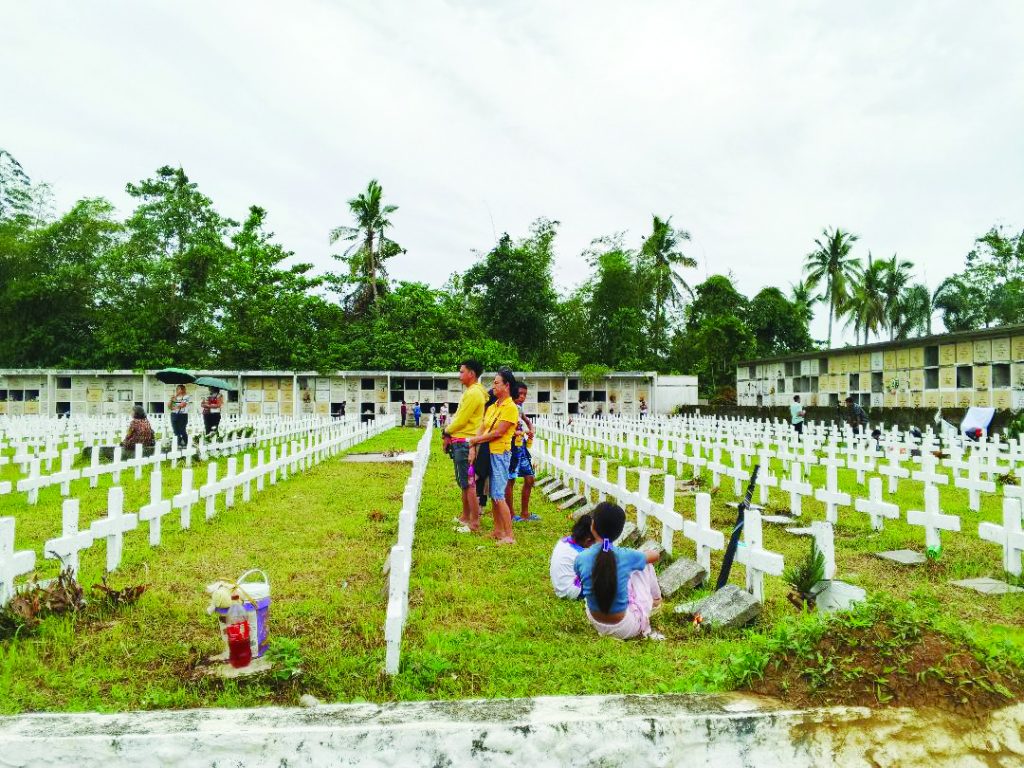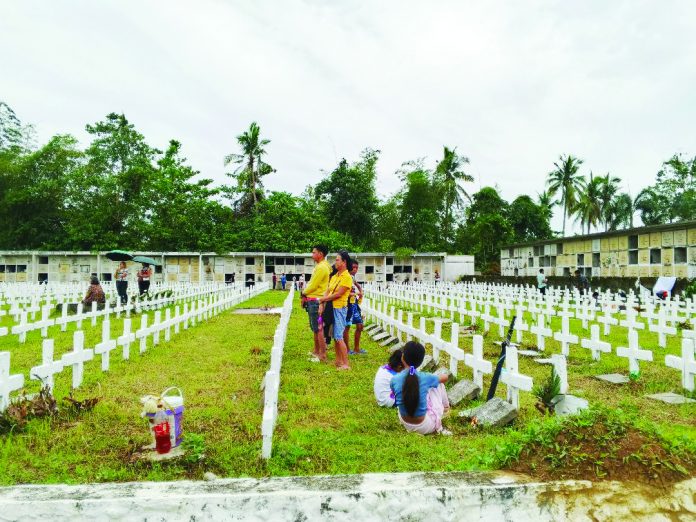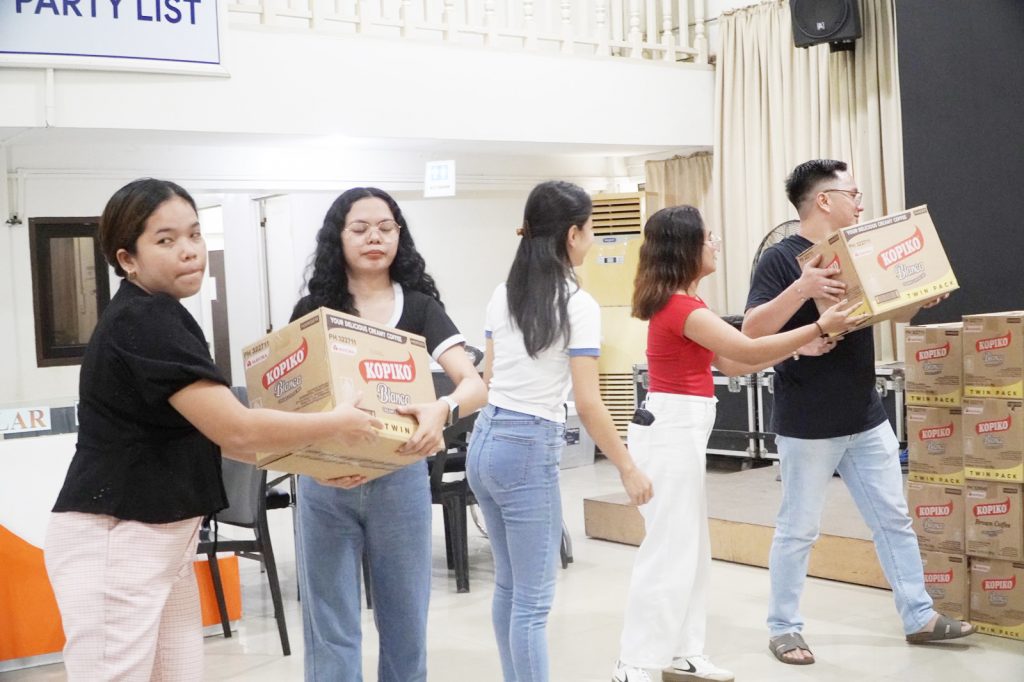
TACLOBAN CITY — Twelve years have passed since Super Typhoon ‘Yolanda’ (international name: Haiyan) tore through Tacloban, leaving devastation in its wake and claiming thousands of lives.
For survivors like 10-year-old Laurice Merin, who wasn’t even born when the storm struck, the tragedy is a lesson etched into family memory: never wait to evacuate.
“Whenever there’s an approaching typhoon, my family and I immediately go to a safer place,” Laurice said. “We don’t wait for the government to tell us to leave.”
On Saturday, Nov.8, Laurice joined her family at the Holy Cross Memorial Garden in Barangay Basper, where her elder brother, Terence John, and seven other relatives were buried. The city marked the 12th anniversary of Yolanda, which claimed over 2,200 lives in Tacloban alone.
Terence John was only eight when a 20-foot storm surge swallowed their home in Barangay 88, San Jose, on the morning of November 8, 2013. Alongside him perished an aunt and six cousins. The family had stayed behind, thinking Yolanda was “just another typhoon.”
Laurice, now a Grade 4 pupil, knows her brother only through the stories of her mother, Lyzel Merin, 40.
“She told us what happened that day,” Laurice said softly. “It was terrifying. The storm surge came so fast and swept everything away. They stayed home because they thought Yolanda was just an ordinary typhoon.”
Living now in Ridge View, a relocation site for Yolanda survivors in Barangay Cabalawan, Laurice still longs for the brother she never met.
“I wish I could have seen him,” she said, her voice tinged with sadness.
Like Laurice, many survivors have quietly carried their grief but transformed it into vigilance. Among them was Elena Caadan, 42, who lost four young children—Arjel, 7; Angel Mae, 5; Rhianna, 3; and one-month-old Roselyn Mae—when the waves consumed their home in San Jose.
“We thought Yolanda was just another typhoon. We were used to storms,” Caadan recalled, tears welling in her eyes. “We stayed home, and because of that, I lost all my children. Until now, it still hurts.”
Caadan now lives with her new partner in Villa Sofia, Barangay New Kawayan. A year after the tragedy, she gave birth to another child with her former husband, an unexpected blessing that brought hope amidst the grief.
“But I learned my lesson,” she said. “Every time there’s an approaching typhoon, we immediately go to the evacuation center even though our house is on higher ground. I won’t take any chances anymore.”
At the mass grave site, Taclobanons gathered to honor the memories of their lost loved ones, reflecting on the pain, resilience, and hard-earned lessons of that fateful day twelve years ago—a reminder that preparedness can save lives and that hope persists even after unimaginable loss.
(JOEY A. GABIETA)







